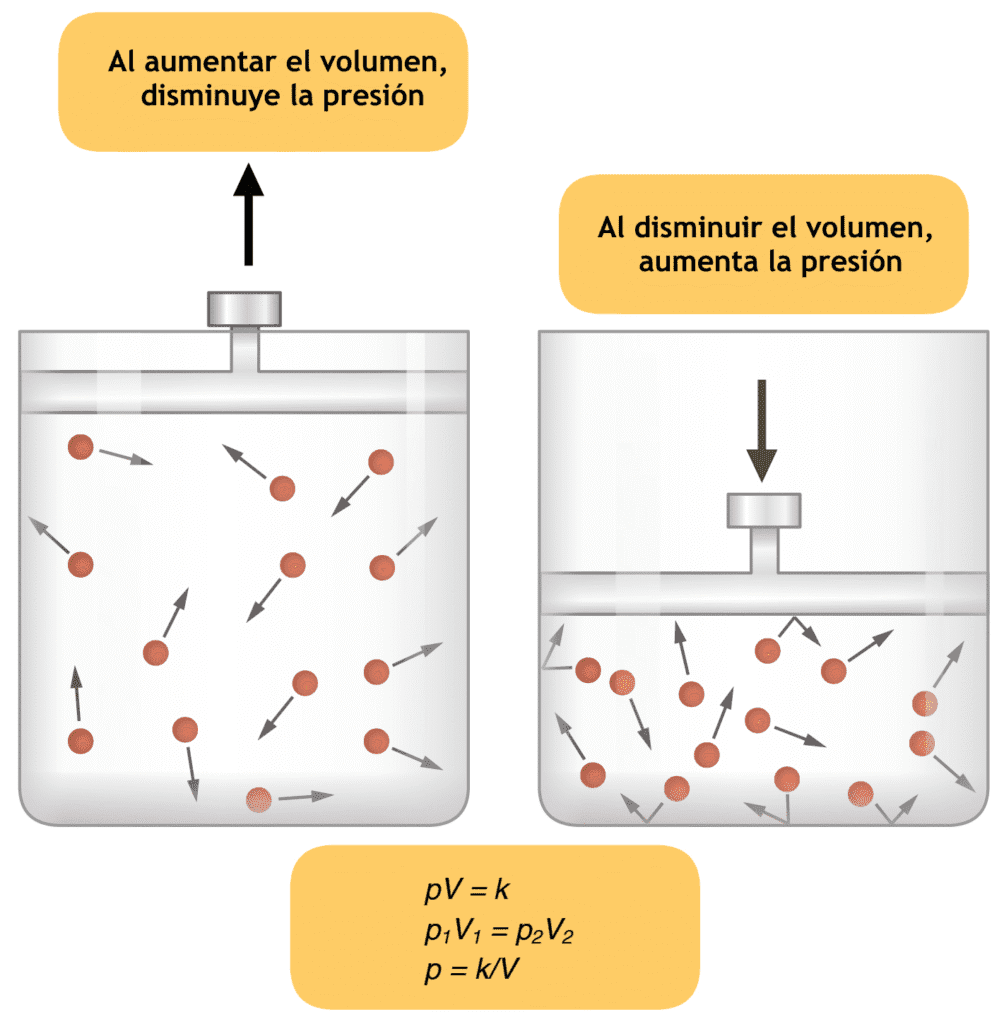A lot of anesthetic gases can be dangerous when used in a low alveolar ventilation anesthesia. This is because the anesthetic gases can combine with soda lime or other components of the boyles machine and produce poisonous gases.
It is also known as low flow anesthesia where low fresh gas flow is set in a closed circuit or a semi closed circuit. This avoids wastage of gases and inhalational agent.
This is constant in a non-rebreathing system. In low alveolar ventilation you might see that there can be anesthetic loss to plastic and soda lime.
This is high with Methoxyflurane and then with Halothane and then Sevoflurane; none with desflurane and N2O. Dry soda lime degrades halothane and sevoflurane to some extent.
Dehydration of baralyme increases compound A production from sevoflurane. Re breathing lowers the inspired concentration of anesthetic agent.
In the circle system also there is some amount of re breathing, so a low alveolar ventilation concentration of the agent occurs. The low-flow delivery systems provide a constancy of anesthetic levels.
An advantage of low alveolar ventilation is that it avoids wastage of gases and prevents the occurring of pollution of the harmful gases in the Operation Theater.
If you have any more questions on this topic or any other health related topic Ask a Doctor here.

